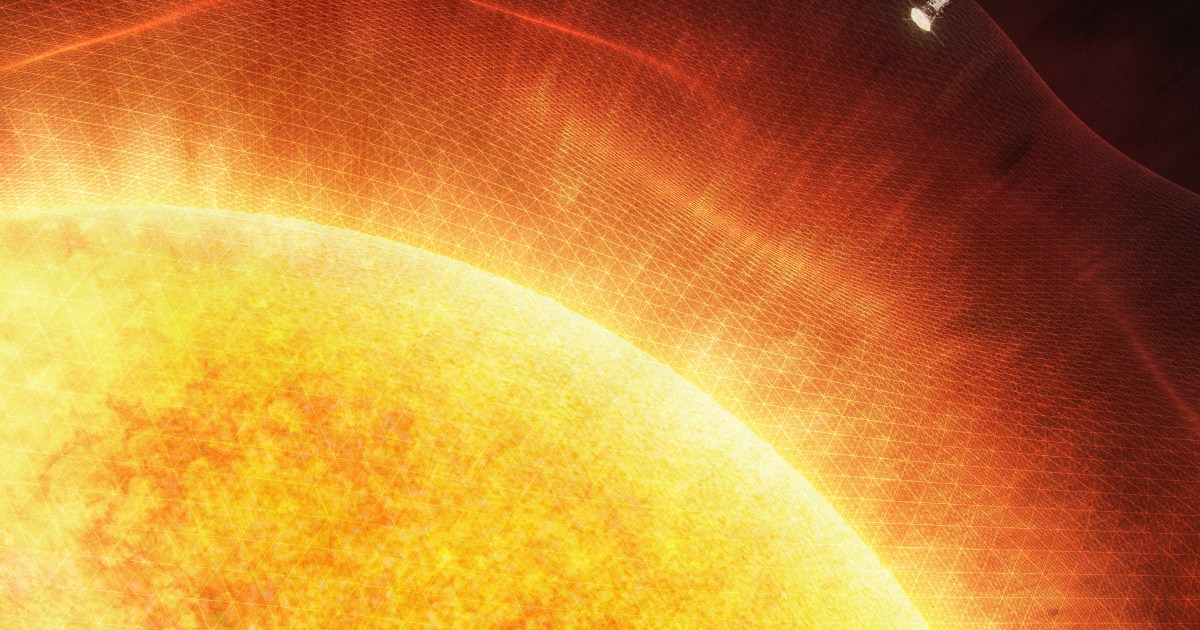It would get rid of our hazardous, radioactive, and pollutive waste for good, but physics tells us it’s a losing strategy for elimination.
-
With more humans than ever (over 8 billion) on Earth, the amount of waste we cumulatively produce on an annual basis continues to rise and rise: a problem that’s getting worse with time.
-
Much of that waste is hazardous, some of it is radioactive, and all of it needs to be kept out of food and water supplies. Environmentally, there’s no 100% safe place to put it.
-
Periodically, people suggest that we launch our waste into the Sun, destroying it forever while keeping Earth clean and pristine. But this is something we must never do, and physics explains why.
How should we eliminate the worst of these offensive waste products? Some have suggested burying them in a geological subduction zone, where plate tectonics would eventually carry them into Earth’s mantle. Others recommend encasing them in concrete and allowing them to gradually degrade. Still others propose burying them in a geologically stable region, where they shall remain until future humans are ready to deal with them. All of these proposed solutions have pros and cons, but are worthy of consideration.
However, what we mustn’t do is the frequently suggested:
-
pack them onto a rocket,
-
launch them into space,
-
and set on a collision course with the Sun,
where they won’t plague Earth ever again. (Yes, if you were mining the depths of your memory, this was indeed the plot of Superman IV.)
Even if our launch failure rate were reduced to an unprecedented 1-in-1000, we’d still anticipate dozens of tons of hazardous waste winding up in our oceans and over our planet’s continents: an unacceptable catastrophe for our environment.



It’s just a click bait article with as many words as possible, I’m disappointed to have spent as much time on it as I did.